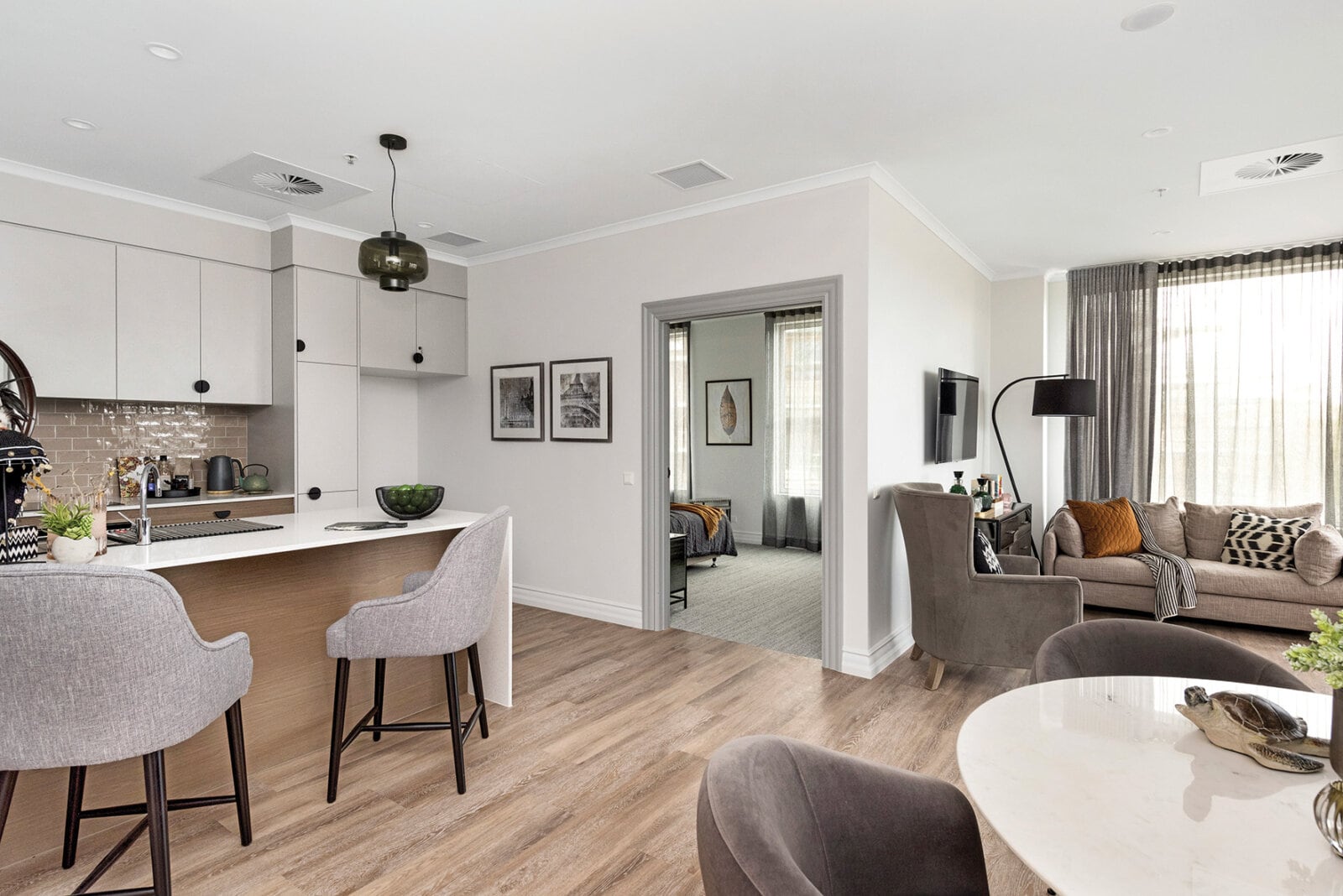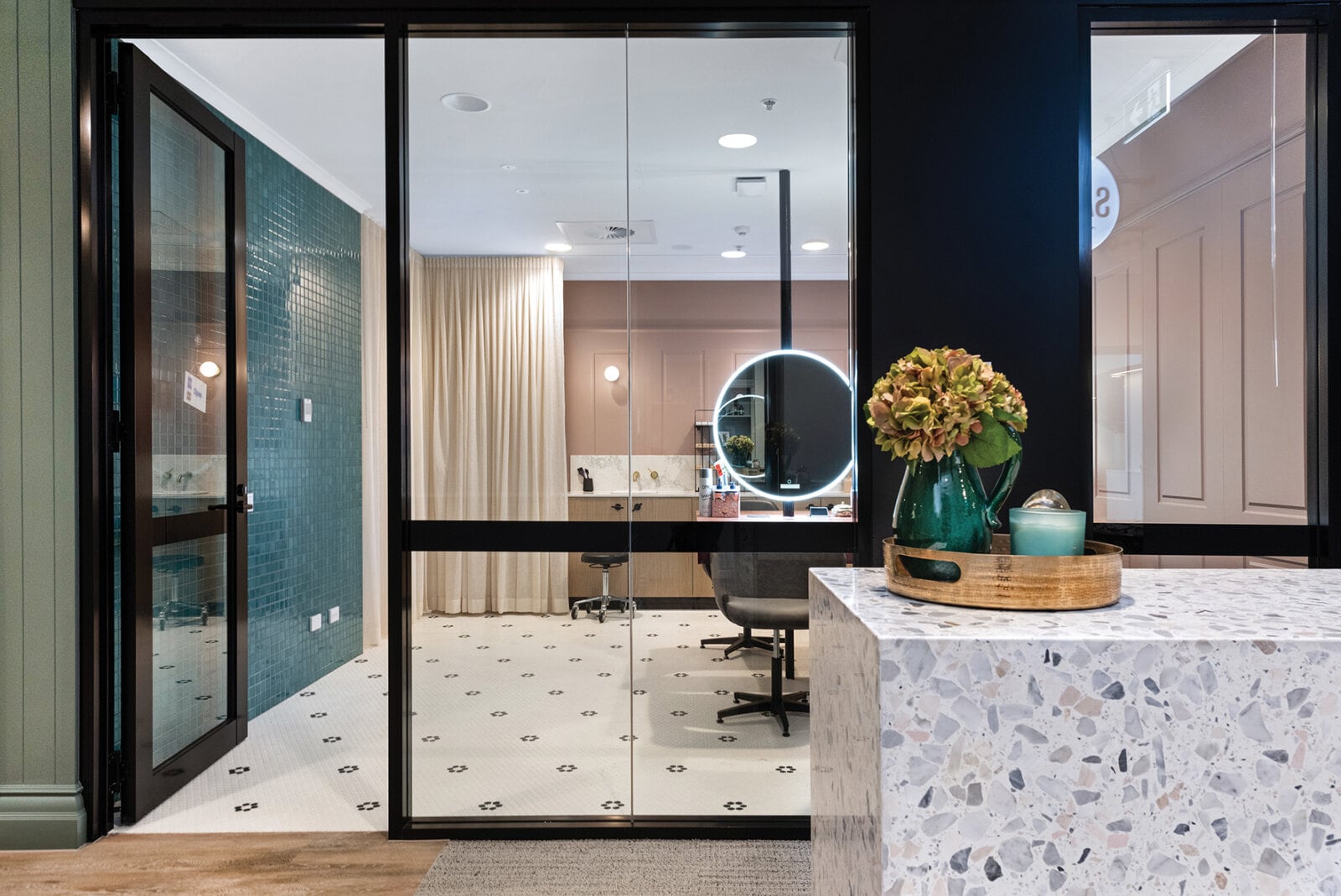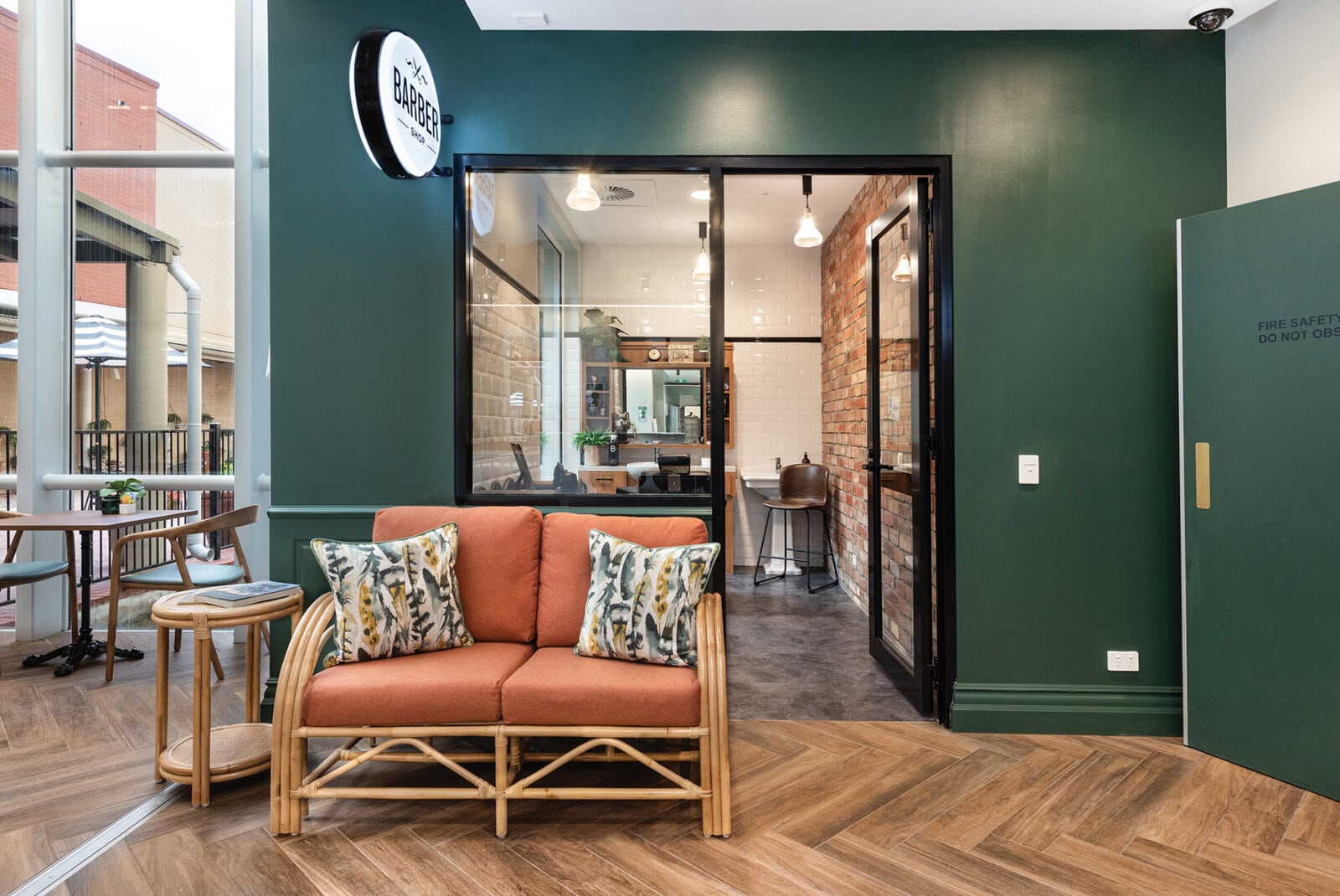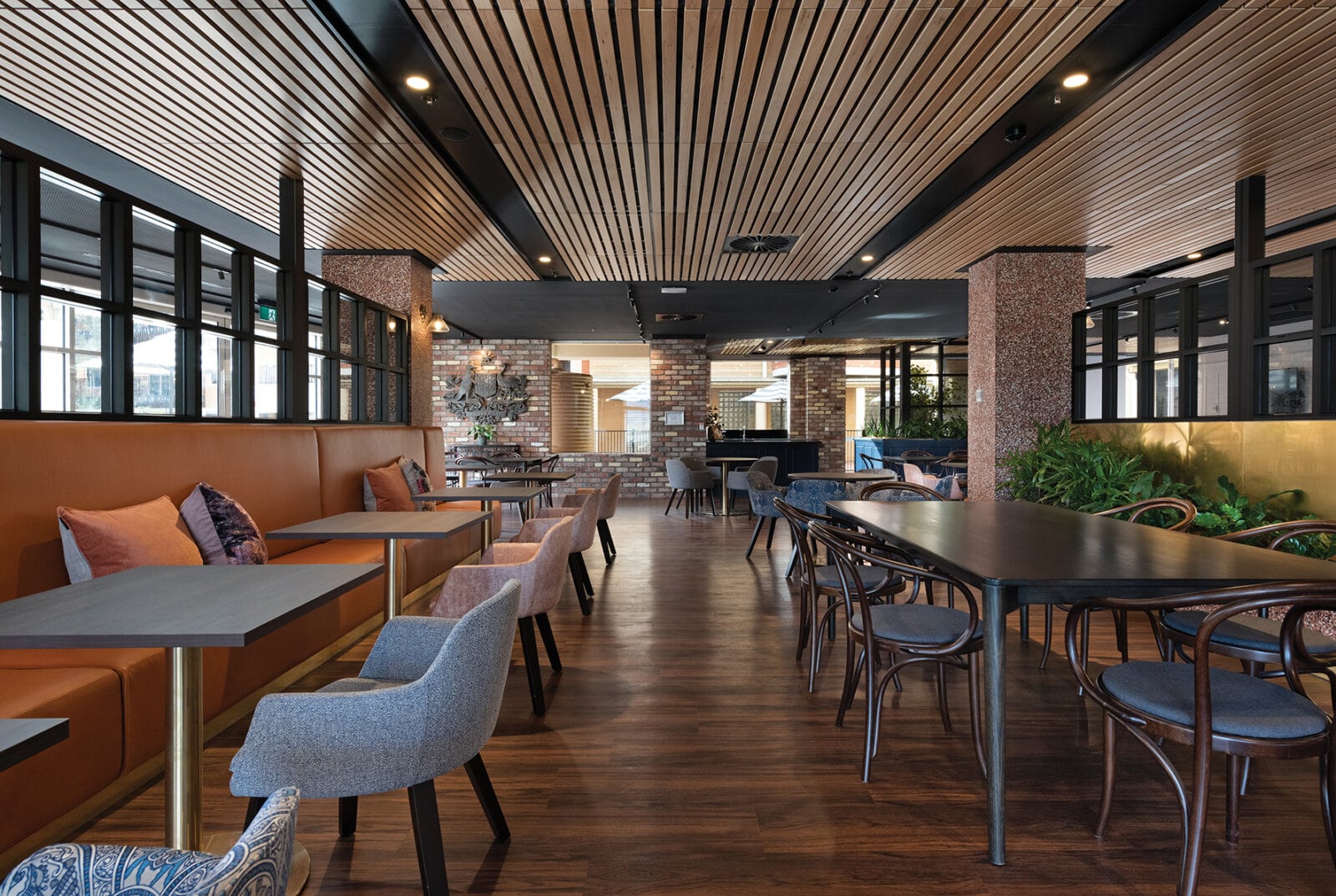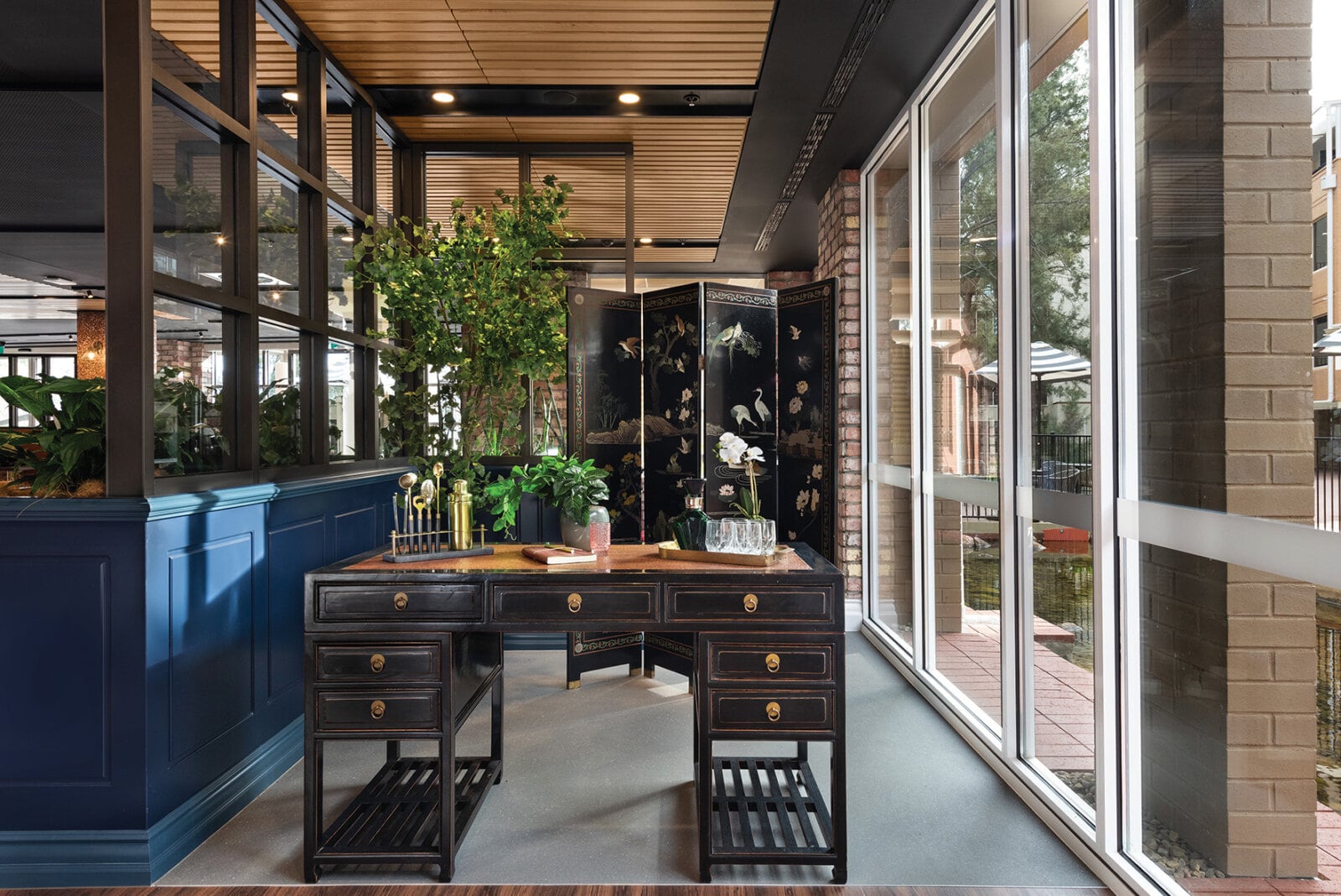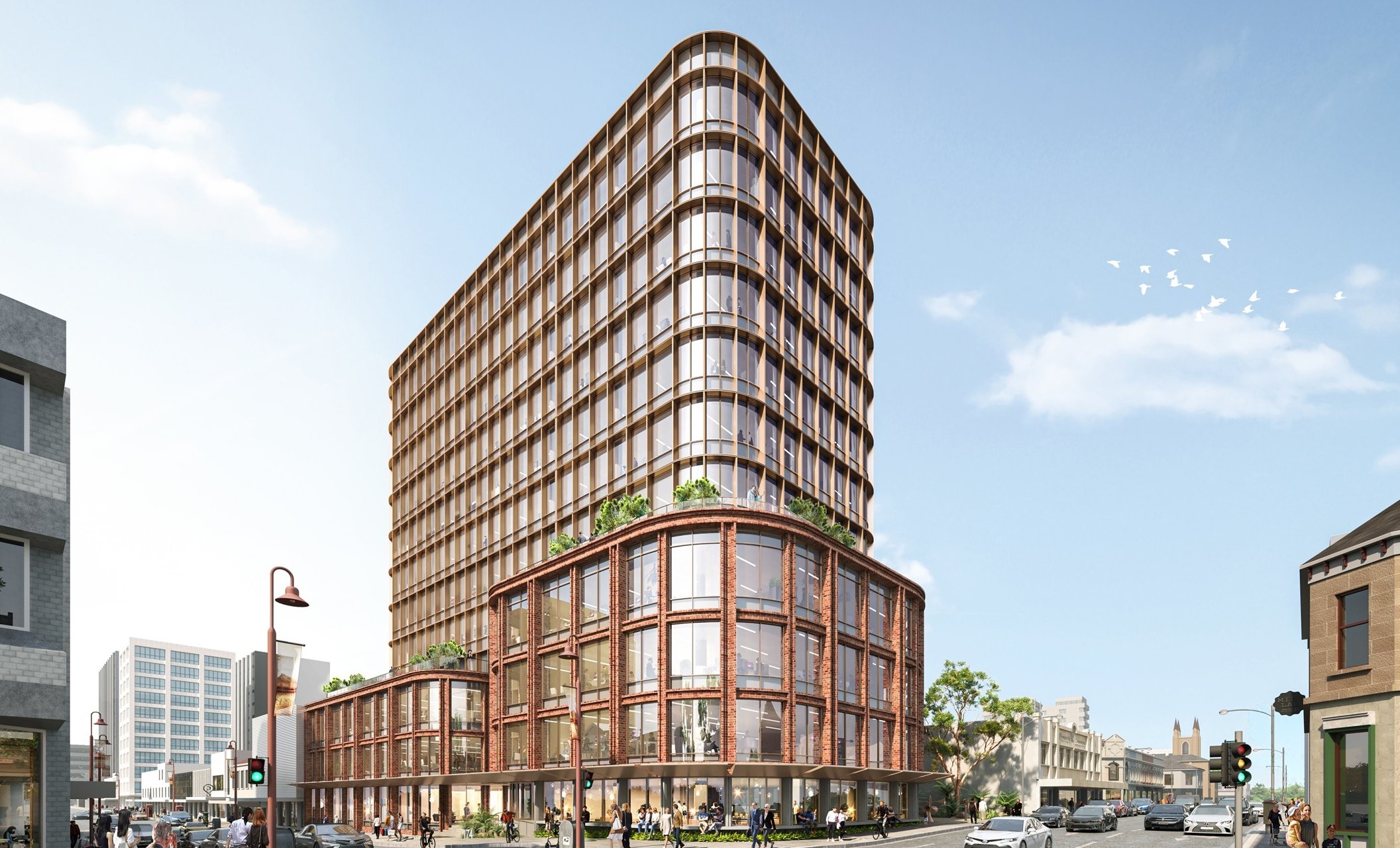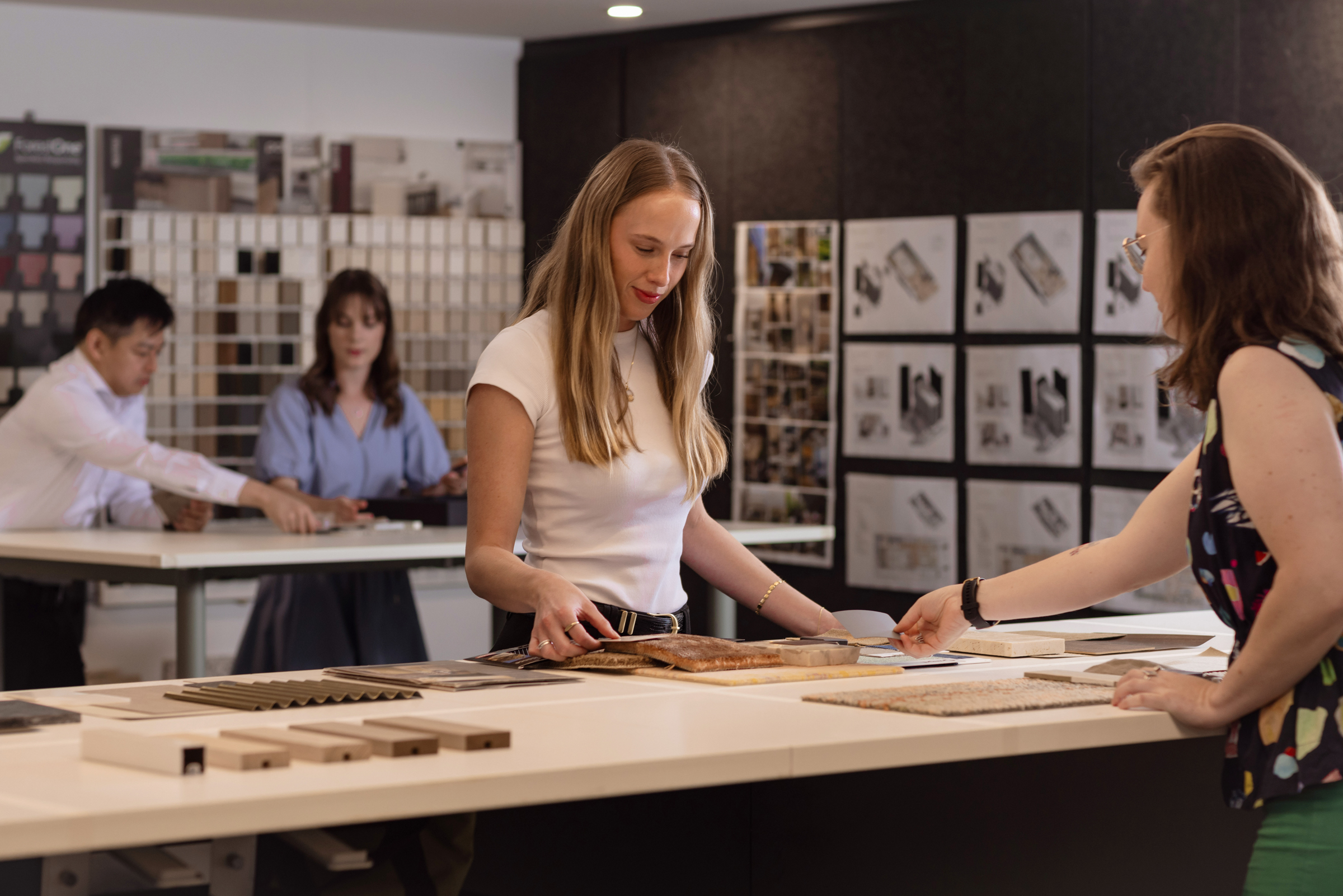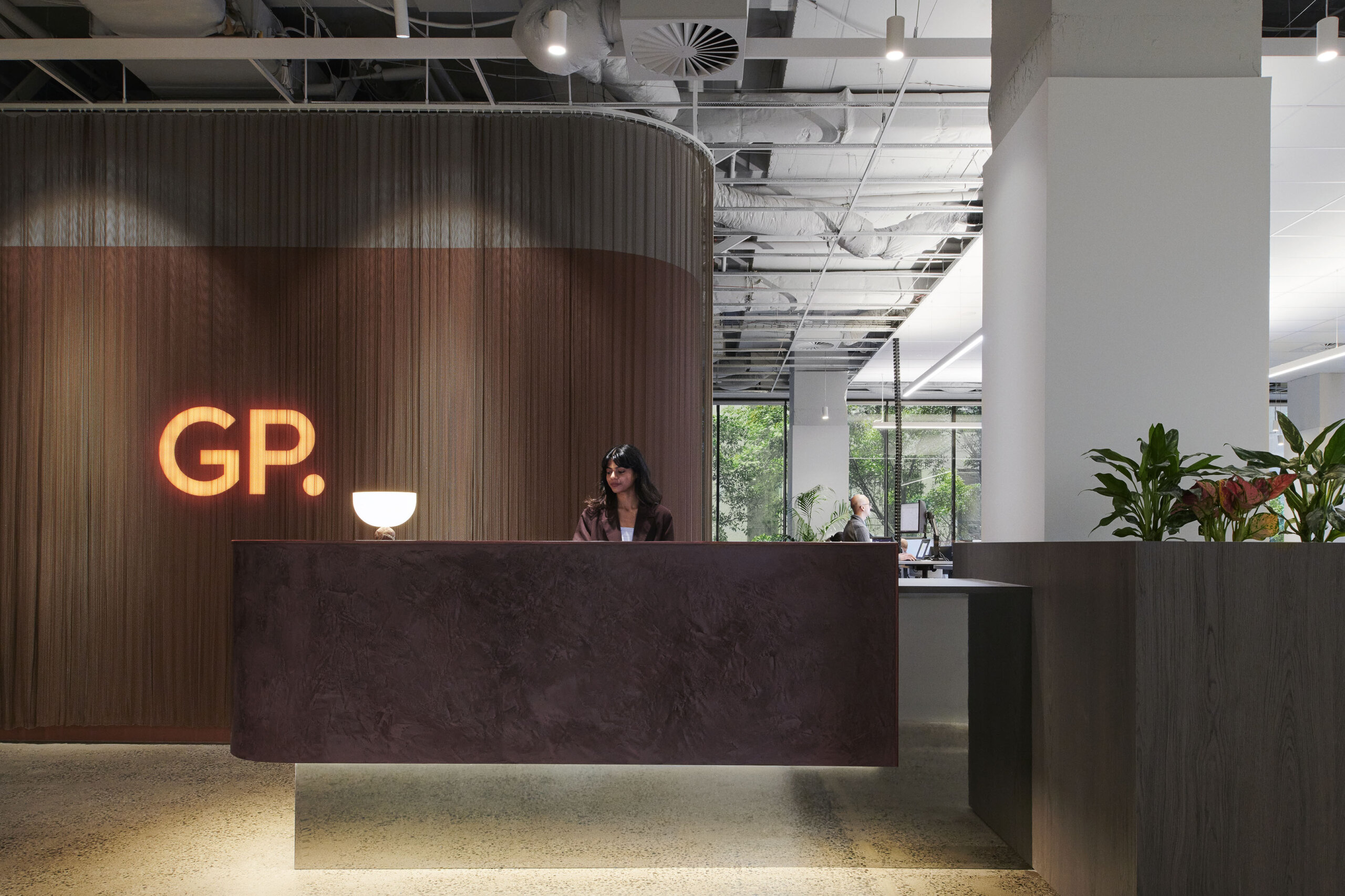With COVID-19 changing the way we use office space across Australia, the question arises, what will become of our existing buildings?
Companies may look to reduce their floor space, decentralise from the city or completely overhaul their physical footprint.
But for asset owners, the need to utilise buildings from both a commercial and societal perspective remains, and options for more than a new fit-out or updated lobby should be considered. This is critical for a building and site to reach its full potential.
Before the current pandemic eventuated, we revitalised a former government office building in Canberra, converting it to aged care in the process – Greenway Views Seniors Living. While converting office buildings to residential is not new, this is a relatively novel construct for the aged care sector and is even more relevant following the impact of COVID-19.
The adaptive reuse process we took does not need to be a one-off – it can be replicated across more underutilised commercial assets, particularly in Canberra. As the nation’s capital has a high proportion of government buildings, many of which are centrally located, repurposing them to meet the needs of today should be a higher priority. Not only will it offer sustainability and environmental benefits in comparison to a knock-down and rebuild, but it will also cater to our ageing population sooner and provide asset owners with a new income means.
Greenway Views Seniors Living, is an exemplar. Our client, LDK Healthcare and Cromwell Property owned the former Department of Social Services Buildings, a site that spanned three buildings. The low-rise complex, at three stories tall, was changed through an intensive process that allowed us to bring together expertise in commercial and seniors living across both architecture and interior design.
COVID-19 has challenged the need for large CBD offices. With working from home commonplace there is a heightened scope to repurpose some older buildings.
Canberra is perfect for this model given the high number of government buildings, although the same can be done across cities in other states.
The ageing of Australia’s population coupled with the location of some underutilized buildings is the perfect ingredient to create seniors’ living and aged care centres that people will want to live in.
From a sustainability point of view, adaptive reuse can retain the embodied energy of existing assets and remove the assumption that new builds in the sector are the only option.
C-grade assets, for instance, are a good starting point. Can they be transformed to genuinely meet market demand and the needs of society?
In the case of Greenway Views Seniors Living, the structure suited the change in use because of its organic layout into separate blocks where some could be dedicated to social activity, along with an internal courtyard and existing auditorium space.
While the model should certainly be employed in more instances, not every building and site will make it possible. Factors to consider when assessing a conversion from commercial to senior living include ceiling heights, distribution of air inside the building, accessibility for ambulances, and the ability to incorporate health and wellbeing aspects.
Delivering the best living experience for residents is key when considering changing a building’s use, perhaps even more so than standard multi-residential towers. In particular, it needs to allow for the creation of a community via amenities or services and outlook for the residents whether it be overlooking a garden or a city view. Most importantly, it needs to feel like a home, not an institutional building, so injective colour can play a huge role.
A major similarity between the two typologies is the role of amenity and the community it creates, for instance, dining options and other services such as hairdressers.
Cities are energetic environments and importantly bring invigoration to people as they age. Older people need to live in the city much more than we realise, for instance, many are no longer willing to drive but are happy to take public transport.
Centralised aged care and seniors living facilities are required and our assumptions should shift from associating these places with suburbia to being right in activity centres.
The trend toward active retirement, consisting of leisure, exploration, and activity, creates the need for more inner-city developments and naturally inclines us to adaptive reuse aged care.

